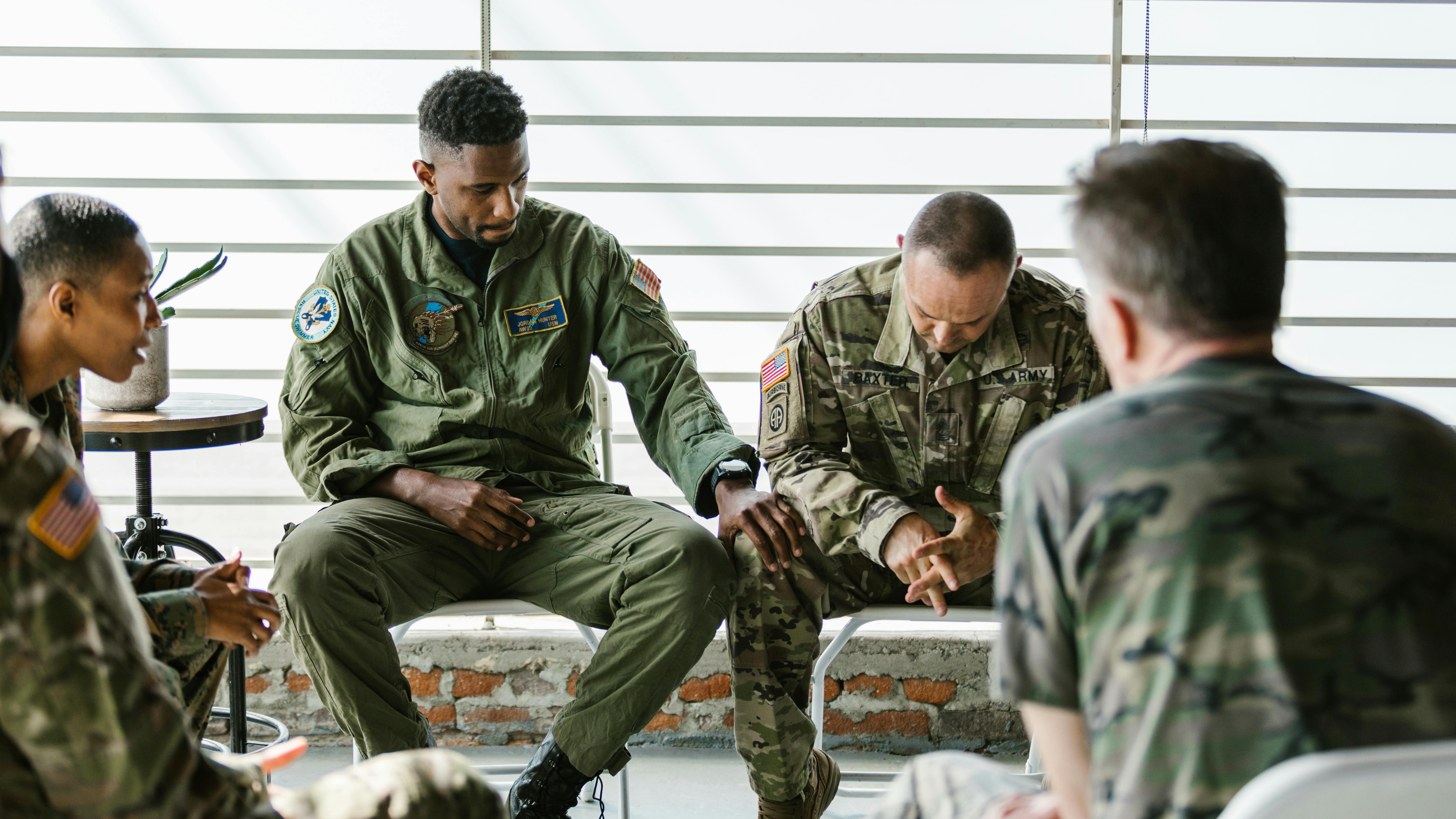
The Urgent vs. the Important: Finding Your Focus
In today's fast-paced work environment, especially for those in federal service, it's easy to get lost in the avalanche of tasks that demand immediate attention. As service members, spouses, and veterans, you may find that every new email or notification feels like a call to action. But not all tasks carry the same weight or are equally impactful. Recognizing what demands your urgent attention and what contributes to your success is crucial.
Understanding the Eisenhower Matrix
The Eisenhower Matrix, created by President Dwight D. Eisenhower, is a powerful tool that helps prioritize tasks based on their urgency and importance. This strategy can significantly help military families trying to balance multiple obligations. Here’s how you can categorize your tasks:
Quadrant 1: Urgent and Important (Do First) - Address crises and projects with immediate deadlines. For example, responding to a critical issue or preparing for an impending deployment requires immediate action.
Quadrant 2: Not Urgent but Important (Schedule) - Focus on long-term initiatives like career planning or family engagement. By dedicating time to these, you're investing in your future and significantly enhancing your overall effectiveness.
Quadrant 3: Urgent but Not Important (Delegate) - Delegate tasks that seem pressing but don't align with your core missions. These could be administrative tasks or routine emails that can be handled by others.
Quadrant 4: Not Urgent and Not Important (Eliminate) - Identify activities, like excessive social media use or unproductive meetings, that waste valuable time and eliminate them from your schedule.
Applying the Matrix: Steps Forward
So, how do we implement this matrix in our daily lives as military families? Consider taking the time to conduct a "brain dump." List all your current responsibilities and activities, then sort them according to the Eisenhower Matrix. This reflection may reveal tasks you can let go of or delegate, allowing you to refocus your energy on what truly matters. For instance, prioritizing family time can foster a deeper connection, proving just as vital as handling your work-related responsibilities while in transition.
Building Organizational Skills for Success
Developing effective organizational skills will also empower veterans, active-duty members, and their families to transition smoothly from military careers into civilian roles. As military leadership emphasizes discipline and strategic planning, that same skill set applies when entering the corporate world. Successful leaders often hone their abilities in prioritization, ensuring they model organizational excellence and teamwork.
Take Charge of Your Mission Today
Ultimately, transitioning from a reactive to a proactive approach requires determination. By mastering how to distinguish between urgent and important tasks using the Eisenhower Matrix, you set yourself up for meaningful accomplishments rather than mere task completion. Therefore, whether you’re managing a household, pursuing career advancement, or supporting a family member in transition, applying these principles will empower you to lead with clarity and purpose.
If you're navigating these challenging transitions, remember that resources like AristaHire can provide vital assistance. Explore how they support military transition and offer veteran job placement programs that can pave the way for your next chapter.
 Add Row
Add Row  Add
Add 




Write A Comment